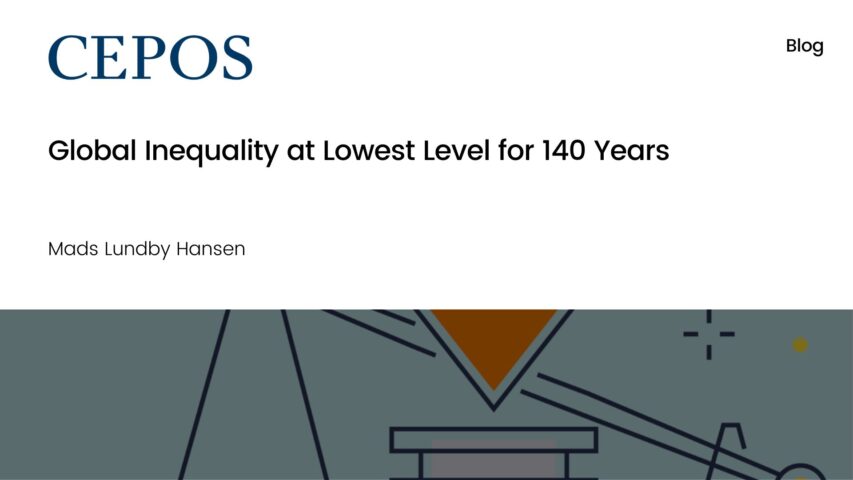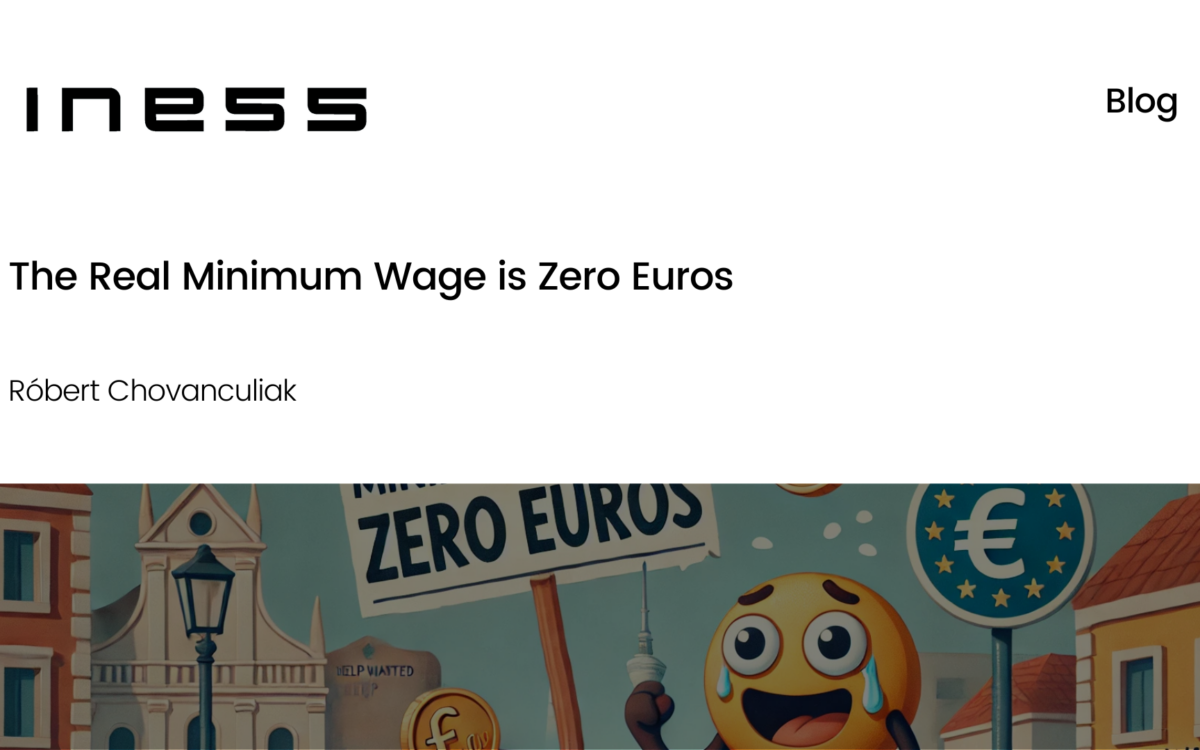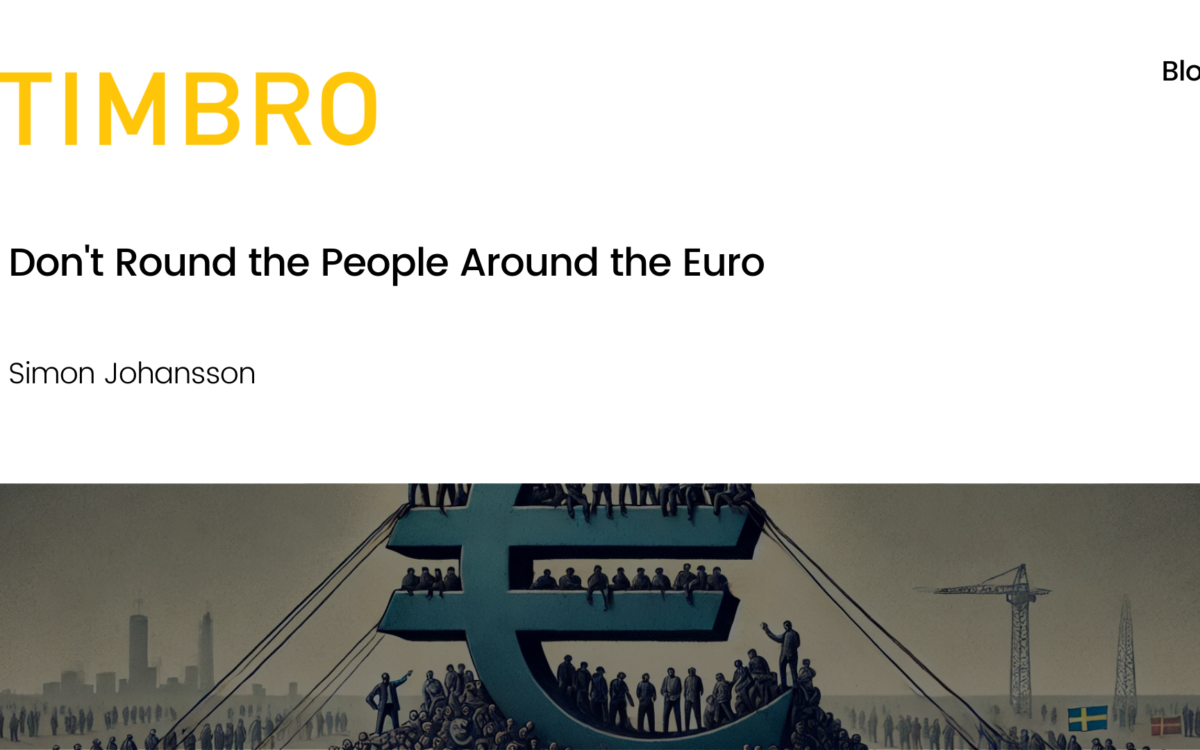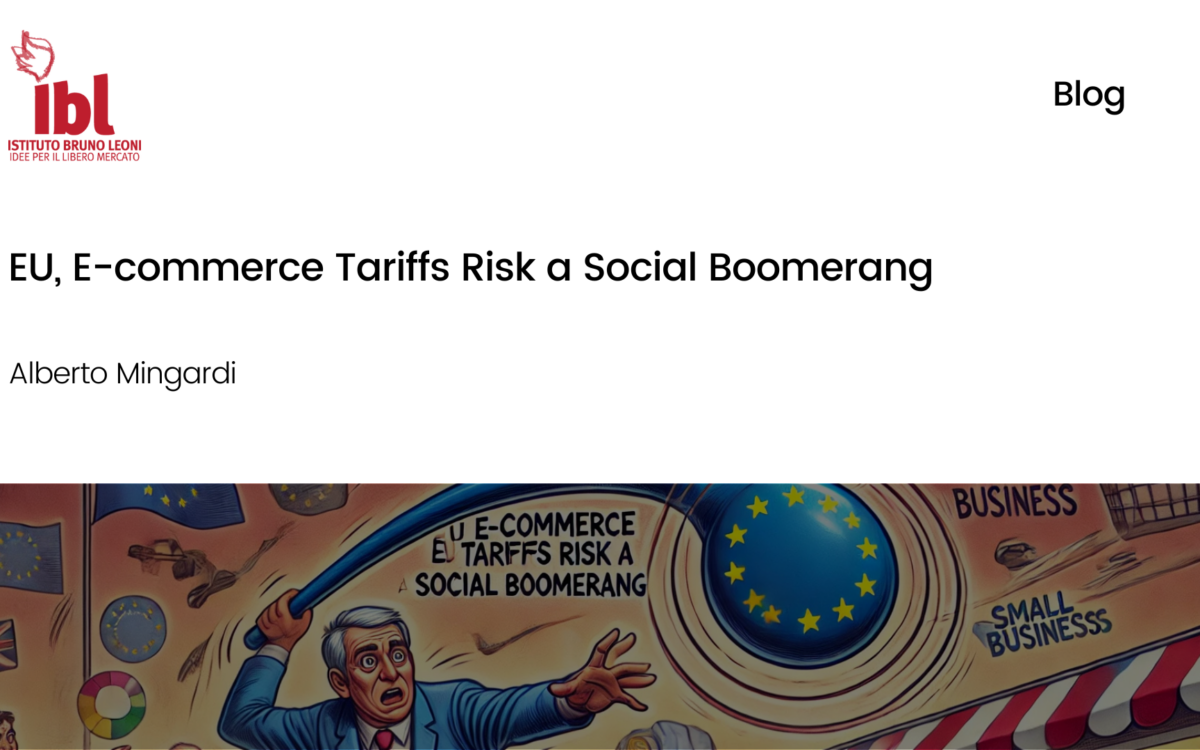Global Inequality at Lowest Level for 140 Years

Global Inequality at Lowest Level for 140 Years
Mads Lundby Hansen // 16 September 2021
The world has become a much better place in recent decades when it comes to poverty and prosperity: extreme poverty has been significantly reduced and prosperity has increased.
This July the French economist Thomas Piketty published an analysis that should have attracted huge attention in the global press. But it didn’t. The working paper shows that global inequality is at its lowest level in 140 years.
In the analysis Piketty examines income inequality in the world as a whole. In other words, he treats the world as if it were one large country. And income inequality between the world’s richest and the poorest economic groups has not been lower for 140 years.
In particular, Piketty’s analysis shows that there has been a significant drop in inequality from 2000 to 2020, which is why inequality is at its lowest level in 140 years. The IMF also finds in a report that global inequality has declined markedly over the same period.
The above is just the latest contribution to the debate on global inequality. The world has become a much better place in recent decades when it comes to poverty and prosperity: extreme poverty has been significantly reduced and prosperity has increased. In addition, both income and wealth inequality have declined. This is the exact opposite of the alarmist and negative image that is typically painted by the left wing, including Oxfam Ibis, who receives DKK 150 million from Danish taxpayers every year.
The decline in global inequality is partly due to the fact that the world’s two most populous countries, China and India, have become more prosperous. Economic growth in India and China has been at six to nine percent for a number of years, while in the West we have seen growth rates of about two percent per year. In this perspective, it is natural for the gap between rich and poor in the world to have gradually narrowed. Growth has also been high for decades in other Asian countries. Higher growth has lifted millions of people out of poverty. For example, the number of people living in extreme poverty has fallen from 1.9 billion in 1990 to about 700 million today worldwide. That has happened despite the fact that world population has increased by 2 billion people in the same period.
Catch-up effect
Growth in China and India has been high since the two countries began market reforms from the 1980s onwards (more private ownership, deregulation and the opening up of the economy to foreign trade and foreign investments). These market reforms have contributed to China and India experiencing a so-called catch-up effect in terms of prosperity.
The IMF finds that over the past 30 years, inequality has increased in 53 percent of the 94 countries for which they have data. In particular, prosperous countries have tended to experience an increase in inequality. The other half of the countries have experienced declining inequality, including many countries in Latin America.

The IMF expects that global inequality will continue to decline in the future, as poorer countries are expected to achieve higher economic growth than the most prosperous countries due to the catch-up effect. Thus, the IMF estimates that global median income will double from USD 2,600 in 2015 to USD 5,100 in 2035. So the prospects for prosperity, less poverty and reduced inequality are positive. Potential obstacles to this development could be wars or a collapse of the globalization process as a result of the introduction of significant barriers to trade and investment. In addition, fewer market-oriented economic policies in both less prosperous countries and OECD countries may hamper favourable developments. If growth slows as a result of poor economic policies in rich countries, it will make it harder for poorer countries to export. This is one of the reasons why one should not pay attention to Piketty’s and Oxfam Ibis’ recommendations about wealth taxes, millionaire taxes and higher corporate tax rates. They would impede a continuation of the positive trend.
Wealth inequality has fallen
Global wealth inequality has also been reduced over the past 20 years. The global wealth share of the top 10 percent has been reduced from 88.7 percent in 2000 to 81.8 percent in 2020, according to Credit Suisse. This implies that the share of the bottom 90 percent has grown from 11.3 percent in 2000 to 18.2 percent in 2020.
The decrease in wealth inequality since 2000, according to Credit Suisse, is primarily due to a decrease in the wealth inequality between countries. Among other things, wealth in China has increased substantially since the year 2000, when China was a country with relatively low wealth.
When the world is moving in the right direction in terms of increased prosperity, combatting extreme poverty and reduced global inequality, then the best way of sustaining the trend we have seen over the last two or three decades is clear: continued globalization, increased global trade and more market reforms that boost economic freedom.
The original Danish version of this article appeared in Berlingske.
EPICENTER publications and contributions from our member think tanks are designed to promote the discussion of economic issues and the role of markets in solving economic and social problems. As with all EPICENTER publications, the views expressed here are those of the author and not EPICENTER or its member think tanks (which have no corporate view).



